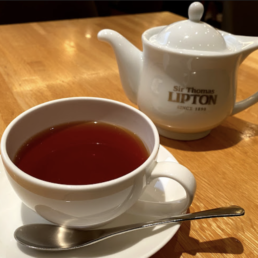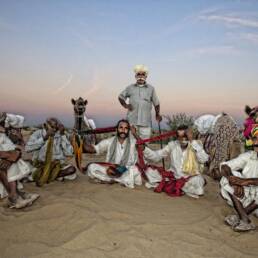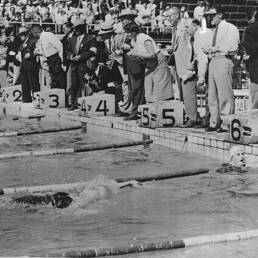The pioneer of close-up portrait photography was a woman. She was born in Calcutta, descendent of a Bengali lady and was the daughter of the greatest liar in India.
June 11, 1815. A humid summer in Calcutta. In Garden Reach, the Pattle family was terribly worried. Why wouldn’t they be? The three earlier children were all stillborn. In the end, the baby girl was born safely. Meet Julia Margaret Pattle.
Young Julia quite matched her mother Adeline’s exotic beauty. Even though Adeline came from a French noble family of Pondicherry, her unusual beauty is thought to be a testament of her Bengali ancestry; her great grandmother was Marie Monique.
James Pattle, the proud father, had a less enviable reputation, on the other hand. The habitually alcoholic East India Company officer, also known as Jim Blazes, was famous as “the biggest liar in India” after he purportedly claimed to have rowed across the Atlantic. A chronic liar indeed.
James breathed his last in 1845, yet his antics persisted even after his passing. His wife was due to bury him in England after his death, but the cask exploded on the voyage, causing the body to pop out of the cask sitting up. Bizarre.
Adeline, the grieving widow, is thought to have had trouble handling the shock and passed away soon after. Unexpectedly, Julia became the family matriarch over her six sisters as a result of this dramatic tragedy.
The Pattle sisters were known for their talents and beauty. They adopted daring Anglo-Indian lifestyles, could speak Hindustani and favoured Indian textiles over Victorian attires. If the word Pattledom rings a bell, it was coined by W. Thackeray to grace the charming sisters.
Their neo-classical Garden Reach home on the banks of the Hooghly River was sold following her parents’ sudden demise. However, Julia and her sisters gave a small portion of their wealth to build a clinic for the poor on the Garden Reach road in honour of their mother.
Julia spent a significant time of her youth in Paris and Cape of Good Hope, where she met her spouse Charles Hay Cameron. After marriage she became Julia Margaret Cameron and for more than a decade lived in Calcutta.
While Charles became a member of the Supreme Council in Calcutta, Julia took care of home, and gradually mastered the art of being the social hostess. During the great Irish Famine, Julia founded Calcutta Relief Fund and single-handedly raised a hefty sum to aid the starving.
In 1848, the Camerons moved to London and they purchased their home in a village on the south coast of England. She named their new home Dimbola Lodge, where her eldest daughter gave her a camera. Julia Margaret Cameron was 48 then but it was history in the making.
She converted her Anglo-Indian home into a place for photographic exploration. The chicken coop was converted into a studio, while the coal store was made into a dark room.
Julia worked tirelessly to master the techniques of photography and producing negatives. With a portrait of her neighbour’s daughter Annie, she achieved her first success in 1864.
Julia Margaret Cameron soon started exhibiting, and selling prints but she had no desire to become a commercial photographer. She was an artist, an adventurer – much like she had been when she was a young woman in India. She was all set to break the norms.
Her allegedly weak technique was continually criticised by purists, yet her daring soft-focus portraits cemented her legacy. Over the course of her short 11-year career, Julia Margaret Cameron took over 1200 pictures. Pioneer.
Her distinctive and novel portraiture style was to focus on the subject’s head and shoulders, typically with the person covered in a dark fabric and lit dramatically on one side of the face, potentially creating the first “close-ups” in the history of photography.
Sources:
Amanda Hopkinson, Julia Margaret Cameron, Virago London.
Julian Cox, Julia Margaret Cameron: the complete photographs, Getty Publications.
David, Julia Margaret Cameron: The Pioneering Victorian Photographer, Photogpedia, https://photogpedia.com/julia-margaret-cameron/
Image attributes:
Henry Herschel Hay Cameron, Julia Margaret Cameron, Public domain from Wikimedia,
George Frederic Watts, Julia Margaret Cameron, public domain from Wikimedia.
Julia Margaret Cameron, Annie my first success, public domain from Wikimedia.
Julia Margaret Cameron, Victoria and Albert museum.https://www.vam.ac.uk/collections/julia-margaret-cameron
Heart of Pattledom: Pattle Sisters, Facebook community.




